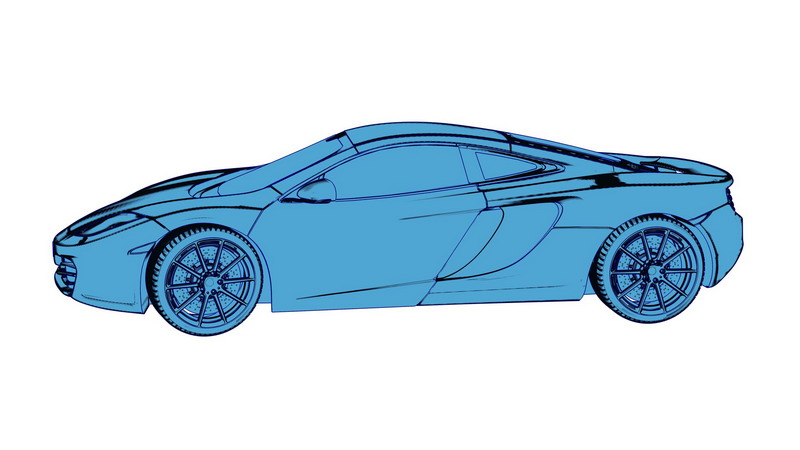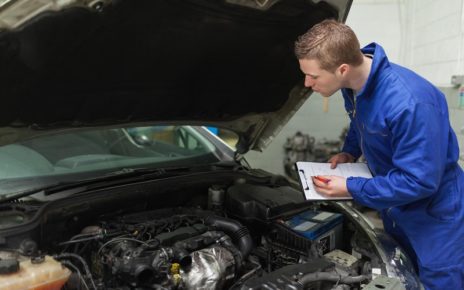There are a couple of key players in the race to develop a lighter car made mostly of composite materials. McLaren Automotive is one of those players, and arguably one with a decided advantage in the race toward lightweight dominance. They recently took a huge step forward with the completion of the first prototype of heir carbon fiber MonoCell tub.
Multiple media outlets are reporting that McLaren recently shipped the carbon fiber chassis from its $66 million production center in Yorkshire to the company’s main production plant in Surrey. The chassis will now undergo crash testing. We assume that McLaren is hoping it passes with flying colors. If not, it’s back to the drawing board.
The Tub Concept
Manufacturing a car chassis out of carbon fiber would seem, at first glance, to be as easy as replacing all of the metal parts with carbon fiber alternatives. But it doesn’t work that way. As strong and rigid as carbon fiber is, it doesn’t behave in the same way as steel and aluminum under either normal operating conditions or during crashes. So companies like McLaren have to come up with different designs that account for carbon fiber’s different properties.
One challenge with carbon fiber is that it shatters on impact, according to engineers at Salt Lake City’s Rock West Composites. So simply replacing a steel frame with an identical carbon fiber alternative would instantly create safety concerns. Even a minor crash could cause the carbon fiber frame to shatter.
McLaren’s solution is to replace the standard car frame with a carbon fiber tub. That’s exactly what the MonoCell is. The MonoCell is a carbon fiber chassis shaped like the interior structure of a car. It is essentially a tub ready to accept axles and wheels, an engine, a transmission, and the body on top.
Mclaren’s Future Hybrids
It is worth noting that McLaren relies on carbon fiber as a chassis component in all of its cars. Their cars are already extremely expensive, being reserved for buyers who can afford top-of-the-line luxury cars and supercars. As such, McLaren is less worried about cost compared to more mainline manufacturers like Ford, Chevy, and Toyota.
Having said that, the goal of the MonoCell product is to create a better hybrid. Why? Because McLaren has already committed to making only hybrids beginning in 2024. If they are to reach that goal on schedule, they need a lighter chassis that makes up for the increased weight of a hybrid transmission.
Carbon Fiber is the Logical Choice
Carbon fiber is the ideal material for realizing the desired weight savings. A carbon fiber chassis starts out as a fabric material woven from carbon fiber thread. The material is impregnated with an epoxy resin before being placed into a mold. After applying a few additional processes to evenly distribute the epoxy and remove air, the mold is put into an autoclave to cure under high heat.
The process essentially creates a carbon fiber reinforced plastic in the shape of the mold. As a plastic, it is considerably lighter than steel and aluminum. But because it is reinforced with carbon fibers, it is stronger and more rigid than both metals.
McLaren is spending millions developing their carbon fiber MonoCell tub. Moreover, they have to. They are competing with other companies looking at their own tubs and monocoques to see who is going to produce the latest and fastest car in the world. If you are into that sort of thing, it is an exciting race that can only produce one winner. McLaren wants to be that winner.




